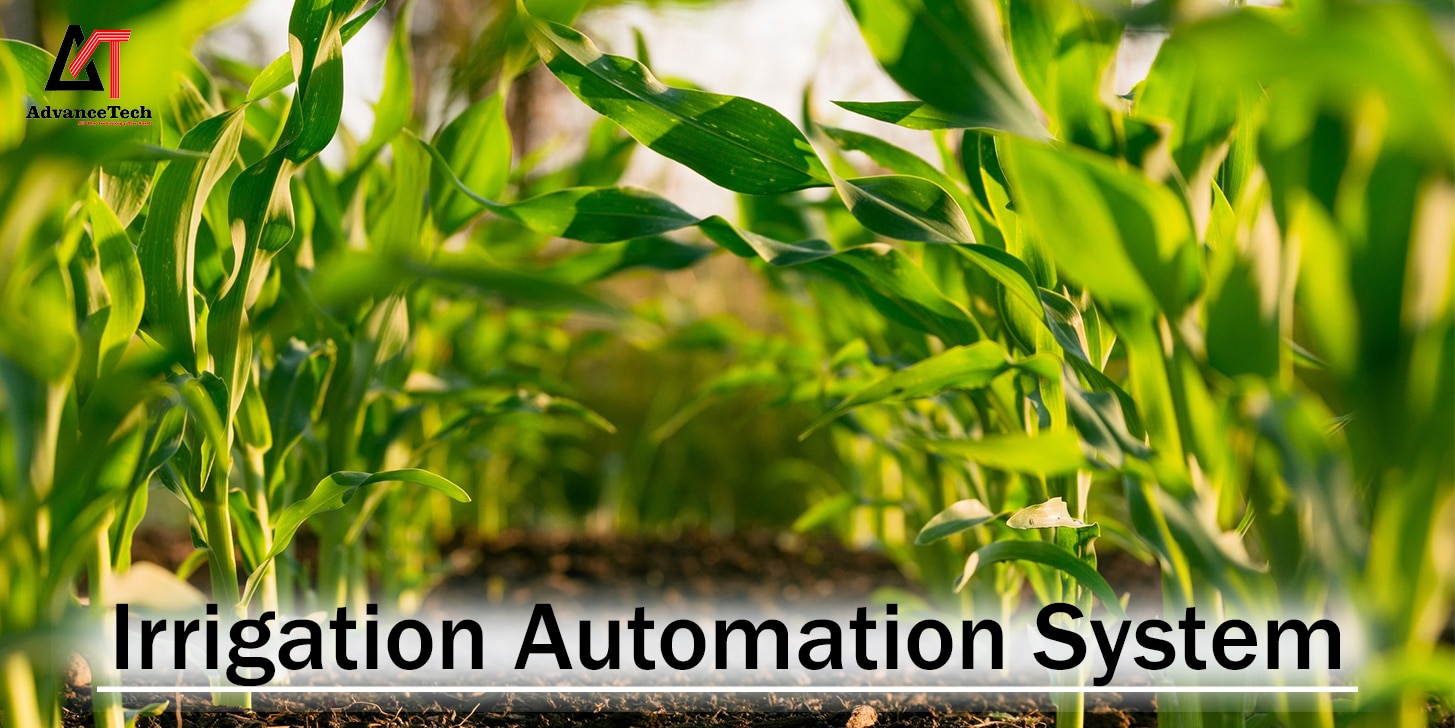Irrigation Automation system: In today’s world, where everything follows different kinds of modern techniques same as in modern agriculture, effectiveness and sustainability are very important. In considering the increasing population and increasing environmental issues, farmers are also looking for the different ways to reduce resource waste, maximize water use, and increase agricultural yields. So here is introducing an irrigation automation systems that is totally unique technology that transform crop watering.
Understanding Irrigation Automation Systems
Irrigation automation systems are very advanced technologies that automate different parts of irrigation management that help to make the whole process of watering crops. By using these systems correct and effective irrigation scheduling can be possible. Apart from this, control it by observing weather, requirement of water to the crop, soil moisture levels, and other variables using a combination of sensors and software.
Components of Irrigation Automation System
Sensors
One of the most important components of an irrigation automation system is sensors, there are different kinds of sensors like soil moisture sensors, weather sensors, and environmental sensors. The Irrigation decisions are informed by current time data by using these sensors, which continuously measure soil moisture levels, temperature, humidity, rainfall, wind speed, and other environmental factors.
Controllers
Controllers which act as the brain of the irrigation system receive the data and information from the sensors and generate commands in order to control irrigation tools such as valves, pumps, and sprinklers. There are two types of controllers normal controllers and advanced controllers so advanced controllers have the feature of PLC (programmable logic controllers) or microcontrollers that enable complex automation algorithms.
Actuators
Actuators are equipment that responds to handle commands, and physically operate irrigation tools. Solenoid valves, motorized valves, pumps, and actuators for changing sprinkler or nozzle positions in irrigation systems are a few examples.
Software
Software, that offers user interfaces for system configuration, observation, and control, is essential to irrigation automation systems. Features like data analysis capabilities, scheduling tools, remote access through mobile or online applications, and interaction with other farm management systems are possible inclusions.
Benefits of Irrigation Automation System
The irrigation system provides a number of benefits for farmers, agricultural businesses, and the environment:
Water Conservation
Automation systems help to reduce water waste as well as optimize irrigation schedules, which lessens the environmental effect of agriculture and preserves valuable water resources. They also help supply water precisely where and when it’s needed.
Higher Crop Yields
Healthier plant development is encouraged by consistent and correct irrigation management, which will surely increase crop yields and improve the quality of the crop. Automation solutions can increase production by ensuring that crops receive the correct amount of water at the right times.
labour savings
Automation also helps with labour saving as it provides different kinds of things which is surely helpful for saving labour work because the automation work properly and the modern tools also help in effective way.
Data-Driven Decision-Making
Information about crop water requirements, soil conditions, and environmental trends can be gained from the data that irrigation automation systems collect. Farmers may choose crops, allocate resources, and implement irrigation plans more profitably and efficiently by using this data to inform their decisions
Implementation Strategies
It required careful planning for the implementation of an irrigation automation system.
Analyzing Water Requirements
One of the most important things that you need to understand is, how much water does need for your crop which totally depends upon the category of the crop, type of the soil, and also on the weather in your area.
To begin, determine how much water your crops need based on the kind of crop, stage of growth, type of soil, and climate in your area. The kind and quantity of sensors required to track environmental factors and soil moisture levels will be determined in part by this information.
Selecting Appropriate Equipment
Choose irrigation controllers, sensors, actuators, and software that work with the layout of your irrigation system, the architecture of your farm, and your management style. When selecting equipment, take into account elements like dependability, scalability, simplicity of installation, and user-friendly interfaces.
System Design
Create a strategy for your irrigation automation system that will guarantee maximum dependability, efficiency, and coverage. Install actuators and controllers in places that are convenient for maintenance personnel to reach, and place sensors in the field in a way that will collect representative soil moisture data.
Testing and Calibration
Perform extensive testing and calibration prior to the system’s complete deployment to guarantee precise sensor readings, appropriate controller and actuator operation, and dependable component communication. Adjust irrigation schedules and settings in light of preliminary findings and field trial comments.
Instruction and Training
Training is an important part of each and every field so give training to farm workers and education to the farm workers about how to use it, maintain it, and issue about the irrigation automation system. As everything is digital, so make sure the user knows how to read the sensor data, change or update the irrigation parameters, and know about the alarms and also know about alerts from the systems.
Conclusion
In conclusion irrigation automation system is a kind of changer in agriculture with modern technologies it provides different kinds of features. They give farmers a strong tool for maximizing water consumption, raising crop yields, and enhancing overall farm productivity. As it is digital it provides data from the sensor and generates alerts which is easy to understand and alarms.






